Thesis Project Highlights
Every May, all graduating MFA Products of Design students present their theses in a public theatre—attended by design industry leaders and potential employers.
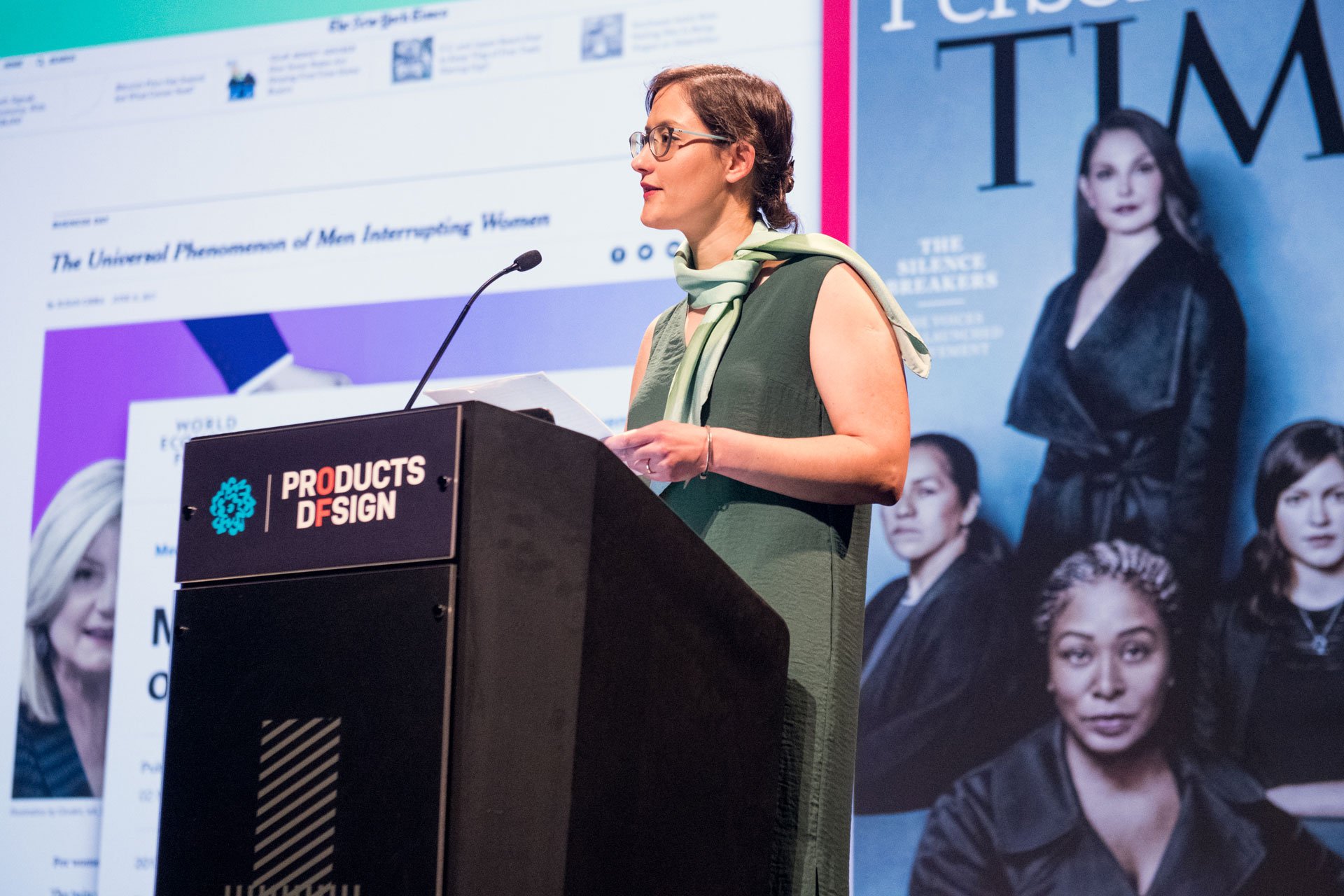
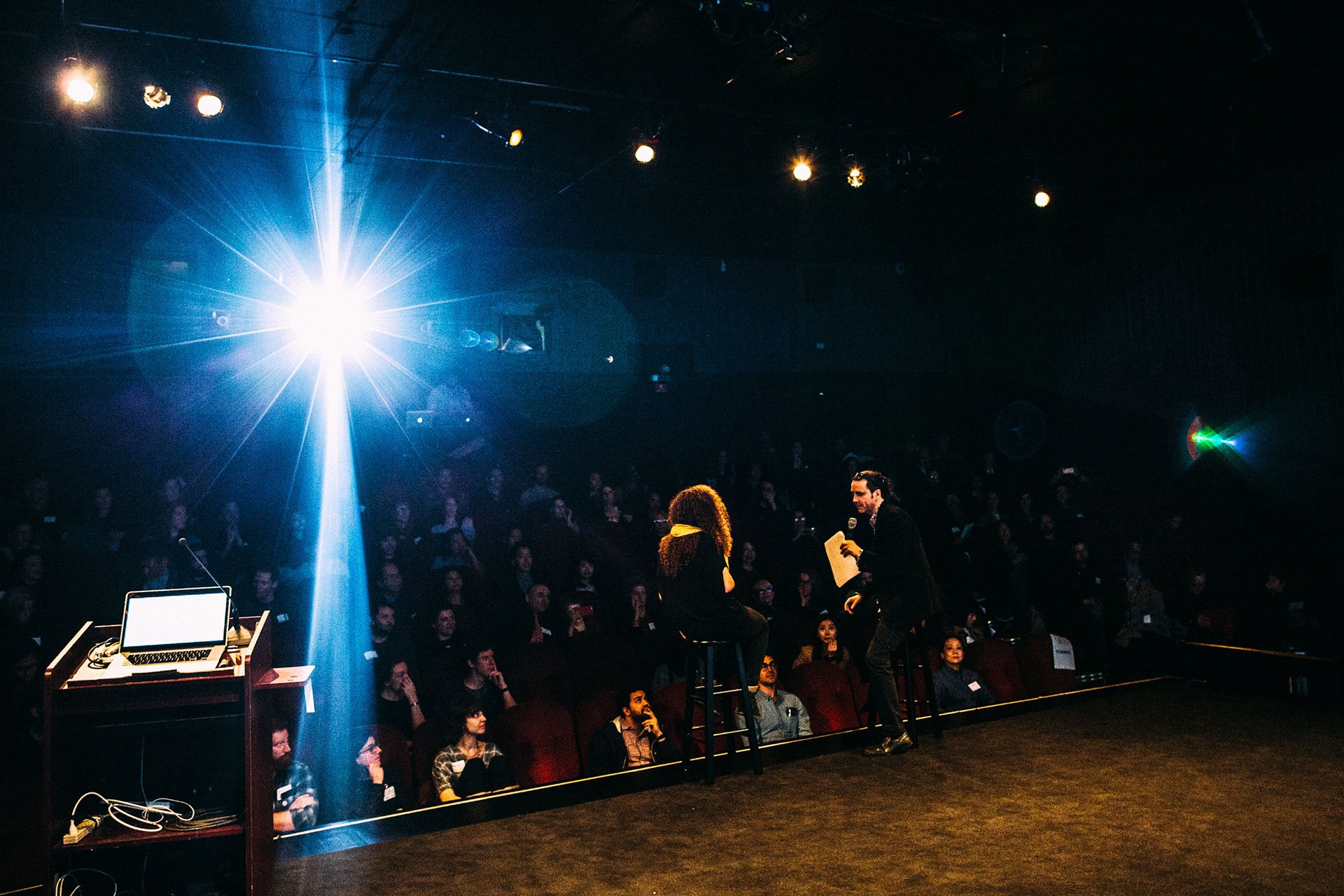
Thesis topics range from the design of prosthetic game controllers, to reimagining the rape kit; from using virtual reality platforms to reconnect with parents on the other side of the world, to reconciling dual cultural dentities. Below are a select of theses from over the past several years. Click here to see the entirety of over 100 projects!
Sama Srinivas' thesis, Let's Talk Periods: Practicing Menstrual Confidence Through Conversations, creates a variety of opportunities for menstruators and their communities to practice and build menstrual confidence through interventions such as literacy, humor, celebration, and love languages.
Yukti Arora's thesis, Democratizing Bharatnatyam: Investigating the Interplay Between Dance and AI, explores how Artificial Intelligence can bridge the gap in learning Bharatnatyam, a 2500-year-old Indian classical dance form, for today's dancers. Despite over twenty years of training under a renowned dancer since age four, Yukti felt a significant learning gap. Her survey of over 300 Bharatnatyam dancers, ages 18-45, spanning two countries, revealed that 97% shared similar learning gaps, with 92% discontinuing regular practice as they grew older due to various life commitments.
Driven by her background as a designer and inspired by AI's prowess in recognizing patterns, Yukti embarked on a journey to democratize Bharatnatyam. Collaborating with Bharatnatyam dancers and AI experts, she developed a suite of four AI-powered interventions—products, services, experiences, and platforms—to address this challenge and make Bharatnatyam more accessible to all.
Corey McClelland's thesis, Beyond the Right Stuff: Designing for Disability Inclusion in Space, centers around researching the challenges and opportunities of designing for disability inclusion in space. One major challenge is the lack of accessibility in space technology and infrastructure, as many tools and equipment used are not designed with the needs of individuals with disabilities in mind. Another challenge is the lack of representation of individuals with disabilities in the space industry. However, initiatives like AstroAccess and other disability-inclusive projects have pushed for change and increased industry representation. Corey's research has shown that individuals with disabilities have unique skills and perspectives that can be leveraged to create innovative solutions to space exploration challenges. The push for disability inclusion in space can also lead to a more accessible and inclusive society as a whole.
Cathy Tung's thesis, Well-rounded: Using Art to Enhance Interdisciplinary Learning, sheds light on the potential of art-integrated education to promote the development of hard and soft skills in children. Cathy highlights that traditional education, confined within classroom walls, can be mundane and unstimulating for children to engage with. Conversely, incorporating resources from art museums as a location-based learning tool can provide an interactive and engaging experience that presents opportunities for interdisciplinary learning. This approach can also address the budgetary constraints public schools face in providing adequate art education, particularly in the wake of the COVID-19 pandemic and the associated budget cuts.
For Charvi Shrimali, the inspiration for her thesis, How India Looks: Localizing Design Tools for a Billion People, was a famous proverb that her grandparents would often repeat to explain the diversity of their country. “कोस - कोस पर बदले पानी, चार कोस पर बानी” loosely translates as: “Every few miles, the water changes. Every four miles, the speech." India is a vast country with a population of 1.4 billion and counting. But its varied geographic, linguistic, economic, social, and cultural landscapes means each of these 1.4 billion individuals look, talk, eat, work, and live very differently from each other. This makes India a complex, diverse and complexly diverse country.
Felix Ho's thesis, Bridged Reality: Using Technology to Nurture Distant Relationships, explores how technologies can break the barrier for those who are dear to us but living far away. When living at a great distance, friends, family, and couples sometimes become estranged. In order to create a new capacity for connection to break the distance barrier, Felix began his thesis exploration with a high-tech intervention that allows users from different locations to have a shared low-tech experience that makes the user feel connected asynchronously.
Margarita Zulueta’s thesis, Weighted: Designing Towards Fat Liberation, investigates how anti-fat bias affects fat-identifying women through the lens of design. Anti-Fat bias is the discriminatory belief that the social stigma against fat people, in the tradition of fat activists reclaiming the term, is justified. Anti-Fat bias is normalized and affects the 1.9 billion adults who are considered to fall within this group. Having experienced the pain of anti-fat bias in her own life due to falling within the small-fat to mid-fat range, Margarita explores and creates products of design to create structures that move towards fat liberation.
Theodore Scoufis developed FireLink, an information management ecosystem for firefighters that focuses on the 4 minutes and 30 seconds between receiving the call from dispatch and arrival on the scene. The purpose of the system is to provide firefighters with real-time insight into the conditions of the building they are responding to. Theodore explains that information gathered by FireLink allows firefighters to make more effective decisions more efficiently, which will reduce the threat to civilians, firefighters, and property. FireLink is a bifurcated system of data collection and information dissemination. Data is collected via the data standpipe and disseminated in two main modes: the Command Center tablet application and the helmet-mounted augmented reality heads up display (AR HUD).
Antya Waegemann’s thesis, When No One Believes You: Redesigning the Rape Kit and Responses to Sexual Assault, proposes six different design interventions for sexual assault victims, nurses and the police, to increase report rates, improve the experience of getting a rape kit, and increase rape kit testing, as well as to reduce stigma and shame around sexual assault and increase accountability.
The historical mindset towards people with physical disabilities has been one of pity and exclusion. While the notion of pity and exclusion is looked down upon in liberal societies, an understanding of what constitutes the objectification of people with disabilities, as well as a greater effort towards inclusion, is still not widespread. The voices of people with limb loss and limb differences (LL/D) are not part of an extensive ongoing conversation about their rights, needs and wants. Through her thesis Upgrade, Adya aims to create the conditions that lead to more open conversations about and with people with LL/D and their acceptance in society, as well as easier access to products and services that improve their quality of life.
Regena Paloma Reyes is a service designer, New York City resident, and urban enthusiast. Her thesis, N-3+Me: Urban Resilience at Human Scale, investigates factors that promote adaptability in city-dwellers during times of crisis. Urban communities seem more likely to suffer significant losses in unnatural catastrophes, from infrastructure failure to terror threats due to their high population density. The ensuing collection of research and product design examines how resilience can be at its greatest in urban environments, and how city spaces, diverse populations, and the expansive interpersonal networks that arise therein can be used to create cultures of preparedness at individual, interpersonal, and community scales.
Through her thesis, Hysterical Women: Designing Experiences to Counter the Current Gaslighting Healthcare System, Rhea Bhandari aims to elevate the healthcare experience of women by designing more efficient and empathetic diagnostic and treatment strategies, and providing women with new tools with which to track and communicate their symptoms.
After learning of food deserts and food insecurity in New York, Danish designer Gustav Dyrhauge quickly decided to dedicate his thesis, Food Justice: Through the Power of Knowledge Sharing, to food justice and the problem of food insecurity. He designed workshops, services, and experiences in collaboration with Brooklyn youth, towards the goal of job security, food security, and the celebration of cultural heritage through culturally-appropriate food.
In her thesis Prosumerism: Crafting Alternate Consumption Experiences, Sowmya Iyer explores whether products and services can ease the consumer’s guilt of excessive spending and materialism by providing them with options that best fit their values of sustainability. She also wanted to find out if these products/services could be adaptive to the consumer’s lifestyle and built for their convenience. As part of her research process, Sowmya spoke to researchers, innovators, educators, authors, and artists exploring ways to reduce the effects of modern consumerism on the environment.
Manako Tamura has spent the last year trying to reconcile her experience as an assimilated immigrant of color by interviewing, designing for and reflecting with the generation 1.5 immigrants of color who, like her, migrated to the US in the most formative years of their identities. Going into this journey, she first thought her thesis was going to be about transnationalism, where the main tension she had to resolve was around immigrants’ countries of origin and their adopted homelands. “As I spoke with users and experts on the subject, it became clear that the real tensions had to do with the transactional nature of assimilation where,” she reveals, “one could not embody both American and another culture.”
Bernice Wong’s thesis, In Equality: Migration, Labor, and Our Modern Global Economy, explores our relationship and role in the interconnected systems that allow some to prosper and others to suffer exploitation or enslavement. She traces the state of labor rights in today’s American agricultural industry back in time to the abolition of slavery in 1865, understanding that agriculture in the U.S. remains rooted in a system historically intended to control and repress the black body. Her design projects seek to intervene where there are structures of abuse, confronting the issues of immigration, exoticism, colonization, and race as intersected and inseparable.
In his thesis GENTLEmen: Challenging Adults to Raise Feminine Boys, Andrew Schlesinger explores gender identity, masculinity, stereotyping, parenting, education, and male culture. Andrew has been investigating the restrictive nature placed on men and the necessity for them to conform to a masculine ideal, which is destructive to themselves and those around them. Through the feminist movement, most would acknowledge there has been a significant approach towards teaching girls traditionally masculine traits. This thesis argues we need a similar, foundational shift to teach boys feminine traits.
Marianna Mezhibovkaya's Masters thesis, Outsiders: Designing Engagement With the Incarcerated, explores how design can foster compassion for the marginalized and disenfranchised incarcerated population through the creation of social support services and products.
The objective of Adem Önalan’s master’s thesis, Vakit: On the Elasticity and Subjectivity of Time, is to reframe our relationship with time—identifying opportunities that lead people to spend time well—from recontextualizing time, to slowing it down through meaningful, memorable life experiences.
In order to become more brave and confident, MFA Products of Design student Eden Lew embarked on a year-long experiment to become a better designer by learning the ways of a criminal mastermind.
In her thesis, Masterminds and the Art of Misbehaving, Eden’s definition of a criminal mastermind alludes to the romanticized sector of criminals—including burglars, con men, hackers and heist planners. They are con artists who persuade victims into giving up money and valuables. They are craftsmen and tinkerers who decipher the mechanics of systems in order to later break them down. They are hackers who write inventive code to go around highly-secured firewalls, and drug cartel kingpins who run businesses as effectively as CEOs of major corporations.
Products of Design MFA graduate Souvik Paul’s thesis, Unbound, seeks to empower individuals with spinal cord injuries and disorders (SCI/D), and to tackle some of shortcomings in treatment paradigms for SCI. His thesis journey began—violently—two weeks before his arrival at Products of Design in the fall of 2015. While driving her SUV down a California freeway, Souvik’s close friend, Carina, was rear-ended by a tractor-trailer and paralyzed, sustaining a spinal cord injury in the T2/T3 vertebrae. When visiting her in the hospital, Souvik saw how painful her adjustment to life in a wheelchair was. Believing in the power of design to help his friend, Souvik used his thesis as an opportunity to investigate how design could assist people with spinal cord injuries to recapture their sense of agency and identity in the face of such massive physical and emotional trauma.
Jon Lung's master's thesis, At the Ready, is an inquiry into "preparedness" in all its forms—from the fancifully speculative, to the soberly real. It traverses the many boundaries of design in order to understand how to better fortify oneself for the ever-changing challenges that life throws our way. His thesis journey started at the individual scale—focusing on how he could better prepare himself personally. As the project continued, he looked at how he could use his skills and abilities to help those he cared about. And toward the end of his thesis journey, he concentrated less on the objects of preparedness, and more on the requisite skills.
Lusha Huang’s master’s thesis, It’s Chinese to me: Luck and Cultural Empathy, explores the disconnect between Chinese an American culture. As a Chinese student in an international design department, Lusha enthusiastically took on the role of messenger—eager to share her country’s tradition and philosophy with others. Her over-arching goal is to build a cultural bridge, fostering understanding between Americans and Chinese. Central to her thesis is the theme of luck, which dates back to ancient China and has always been extremely important to Chinese culture.



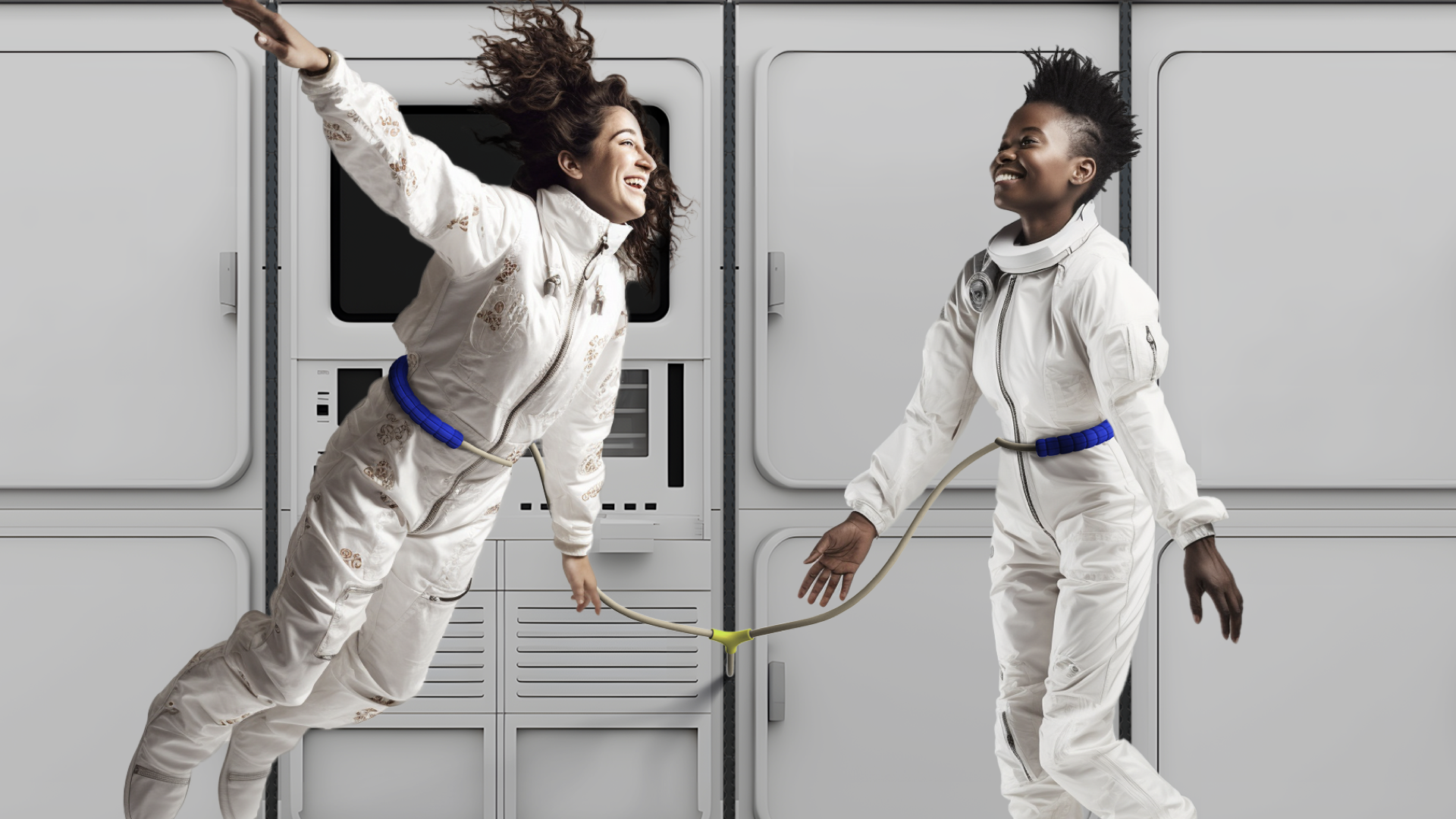

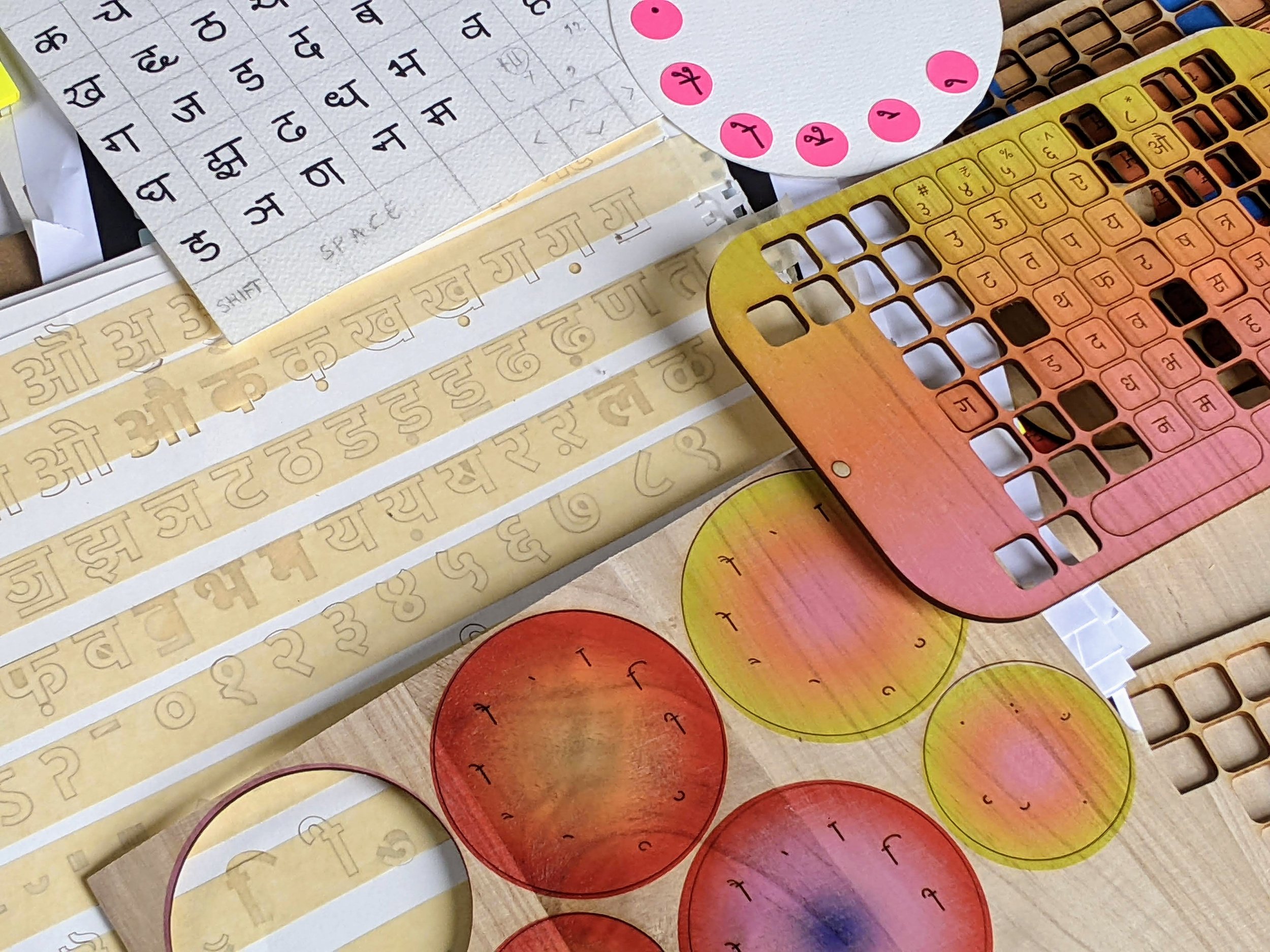





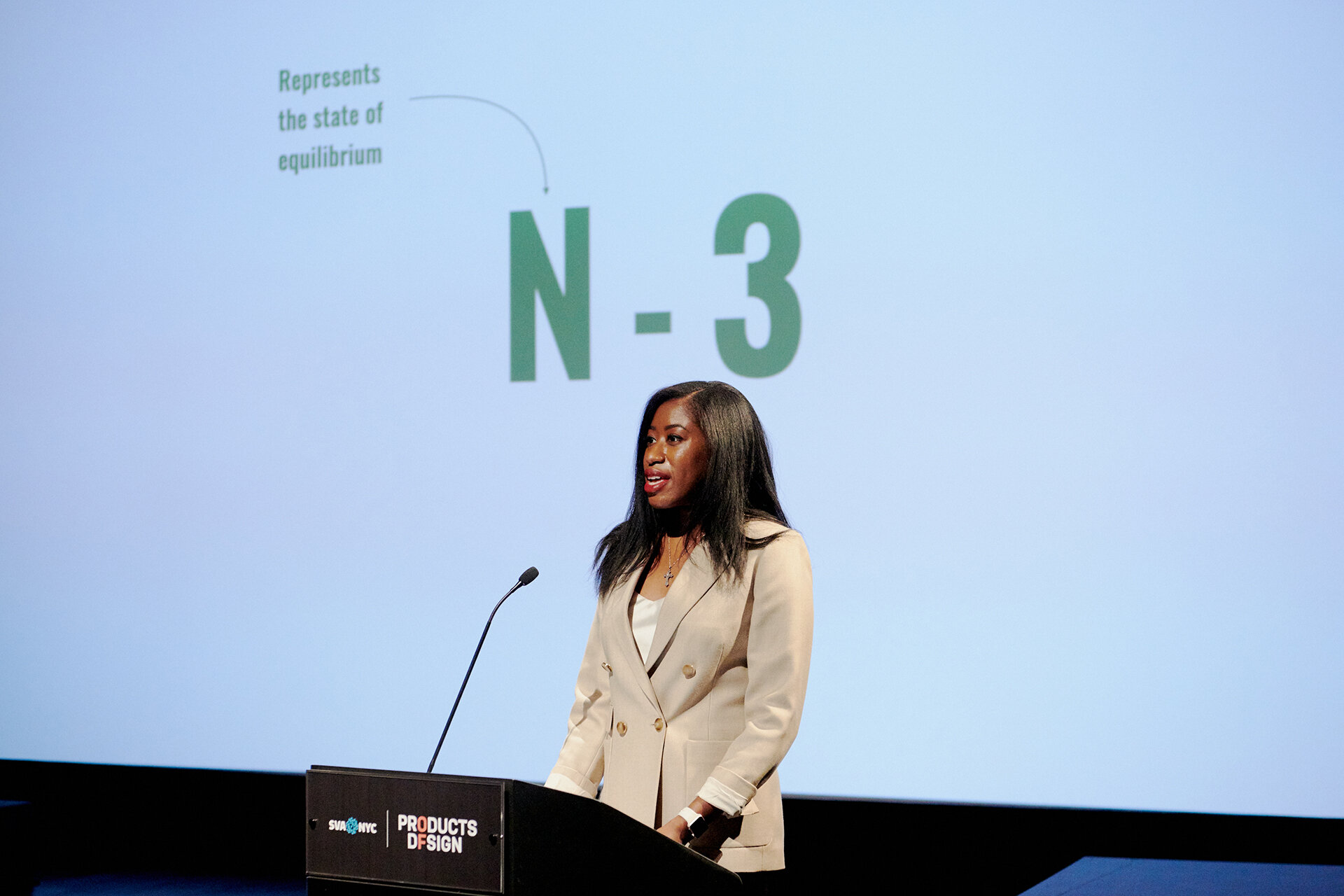
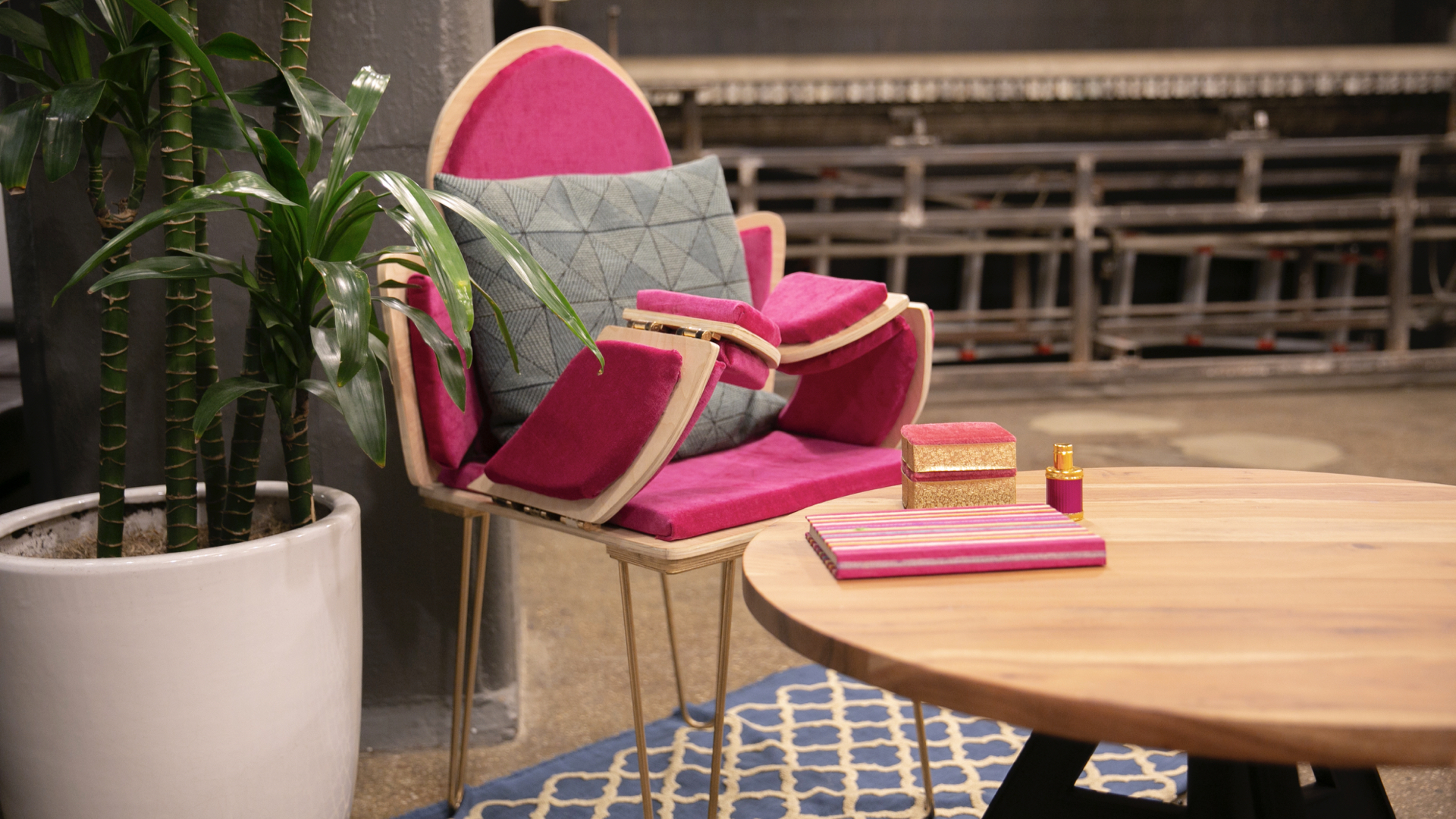
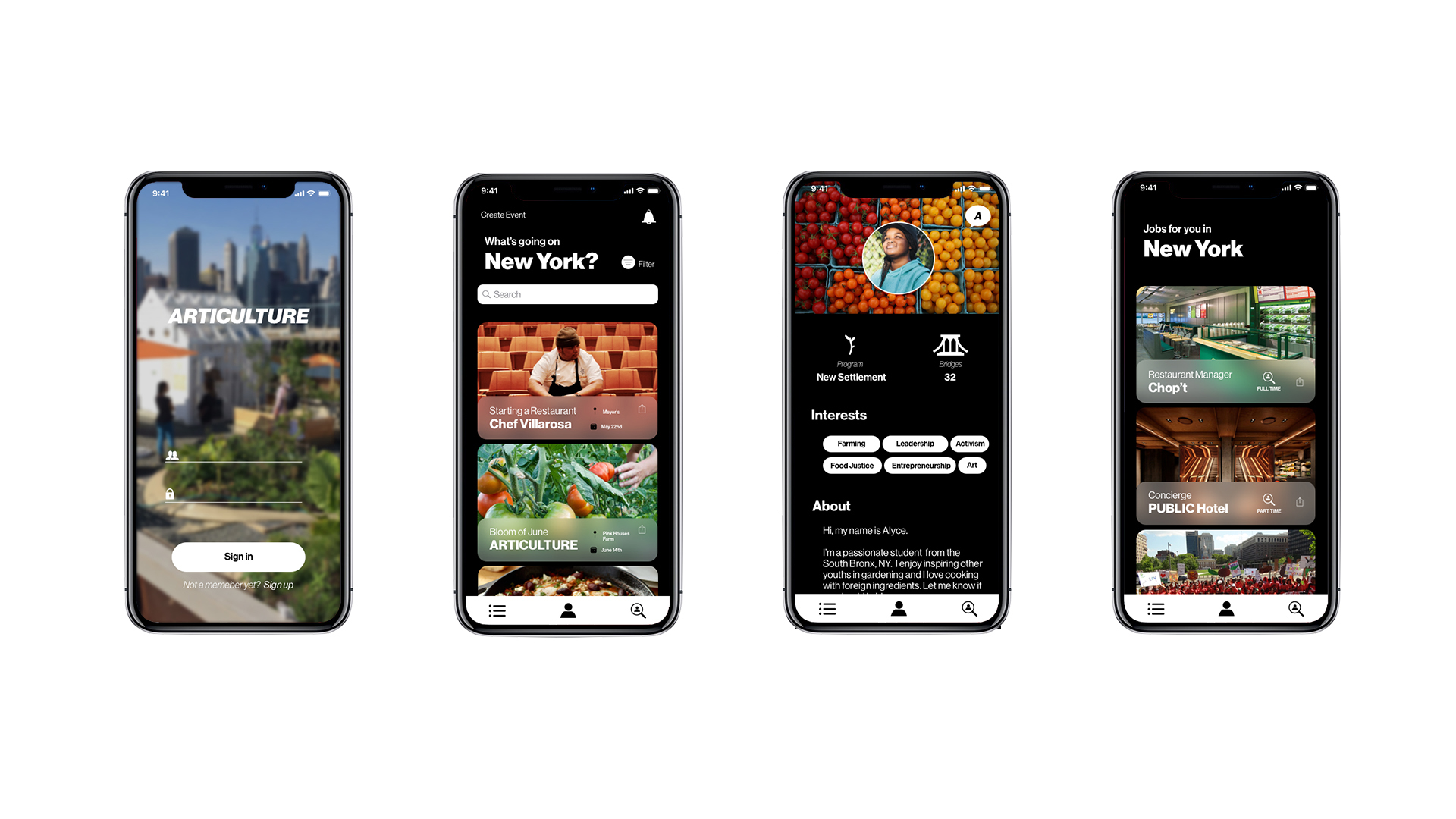
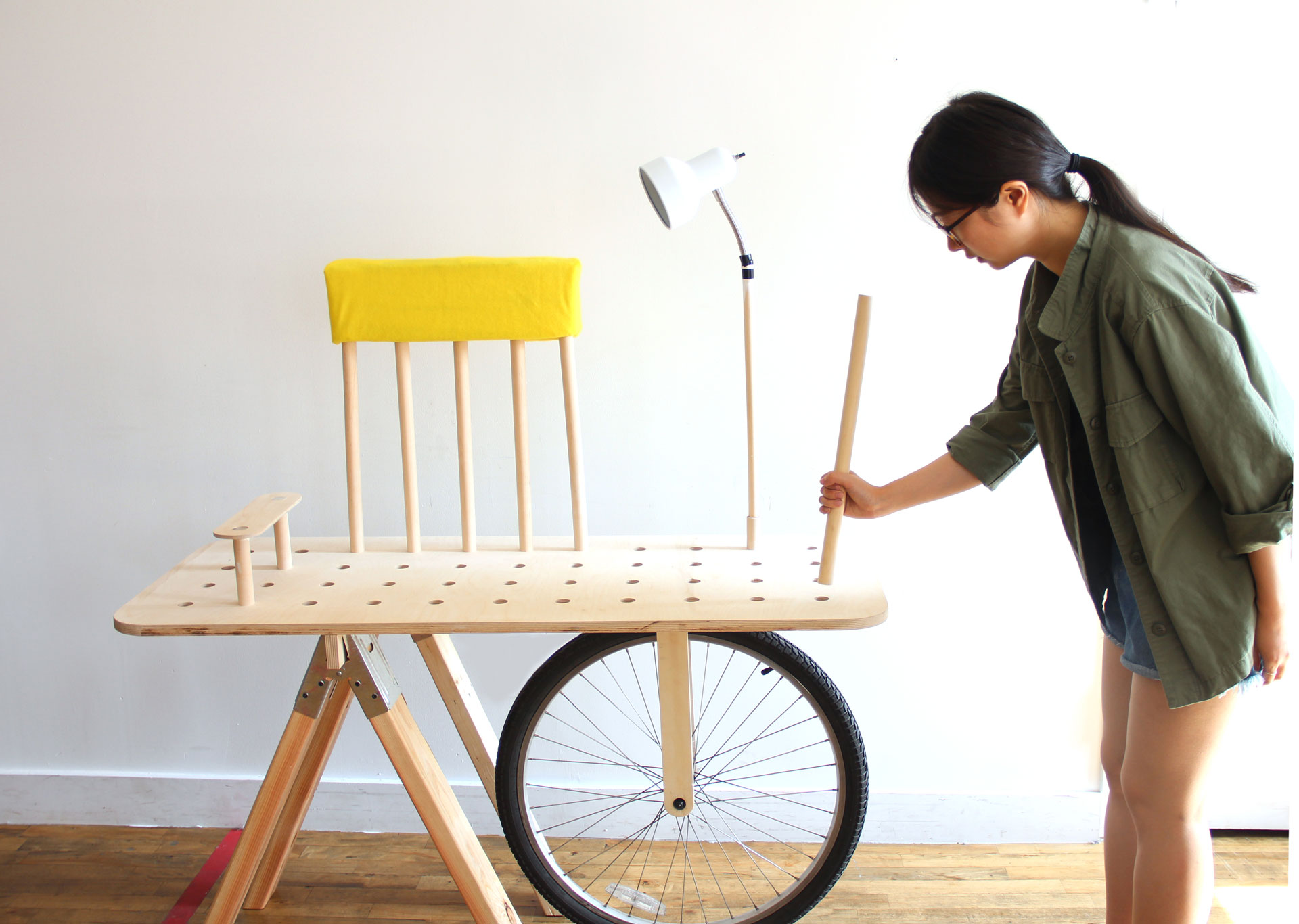
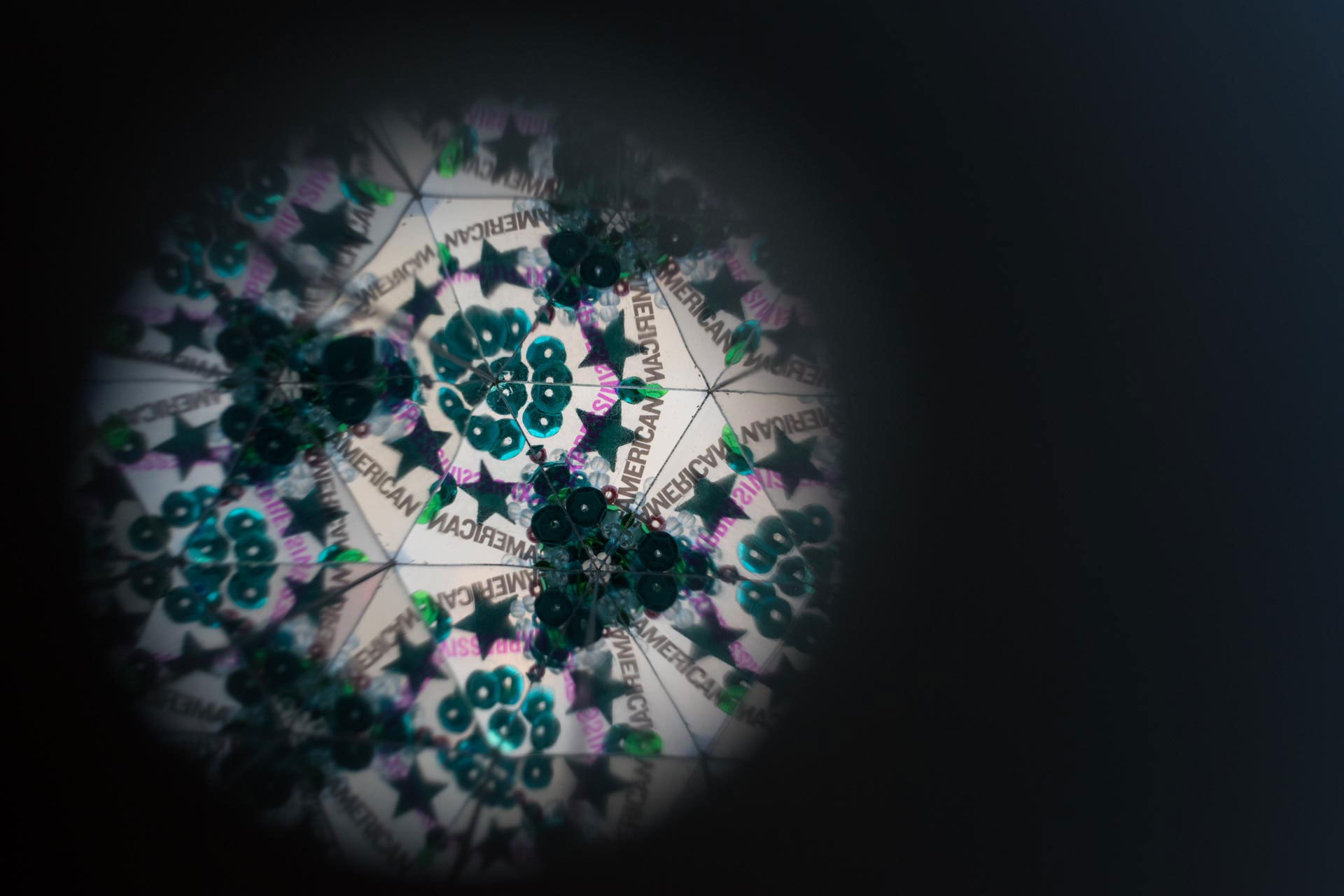
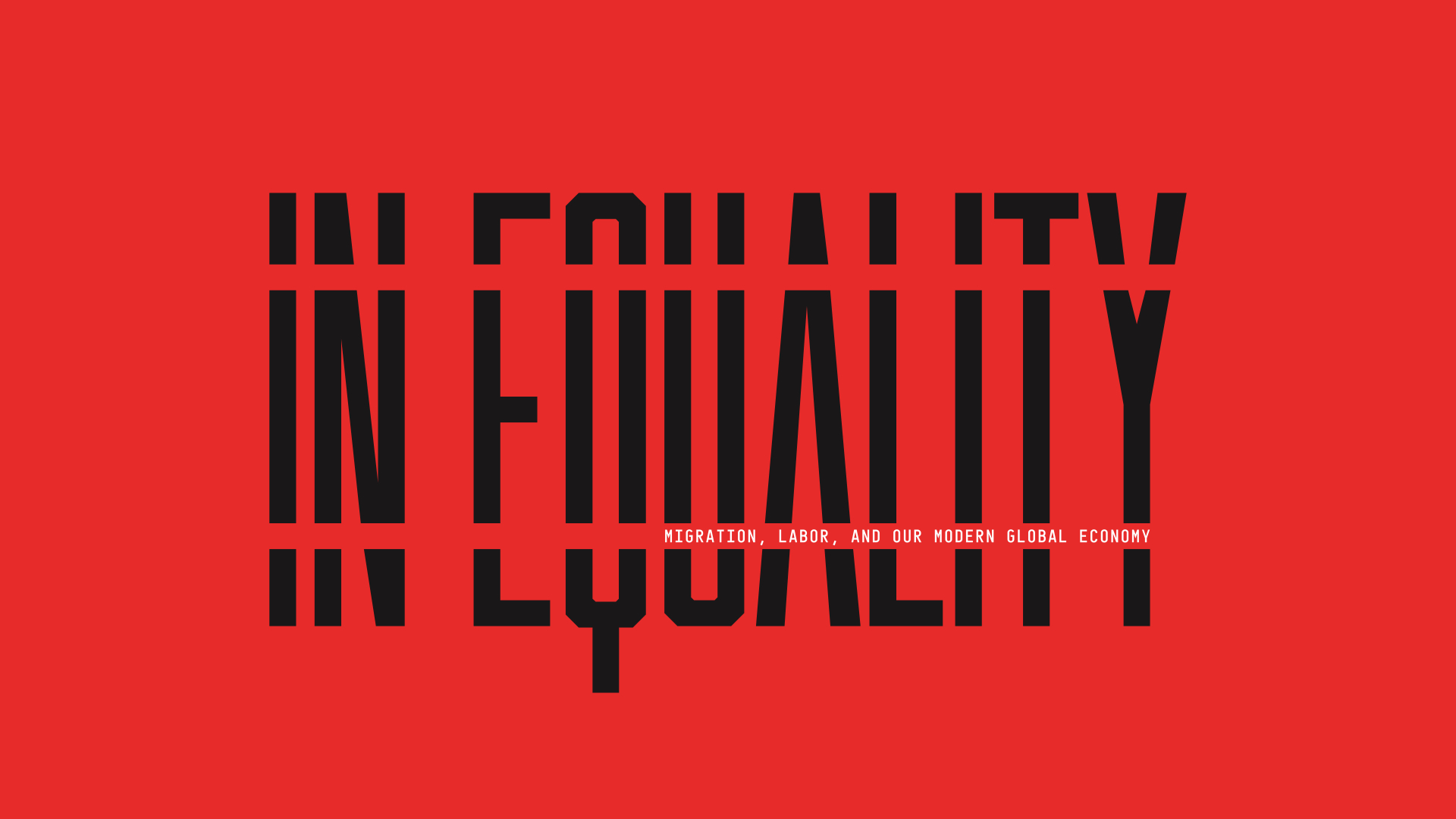
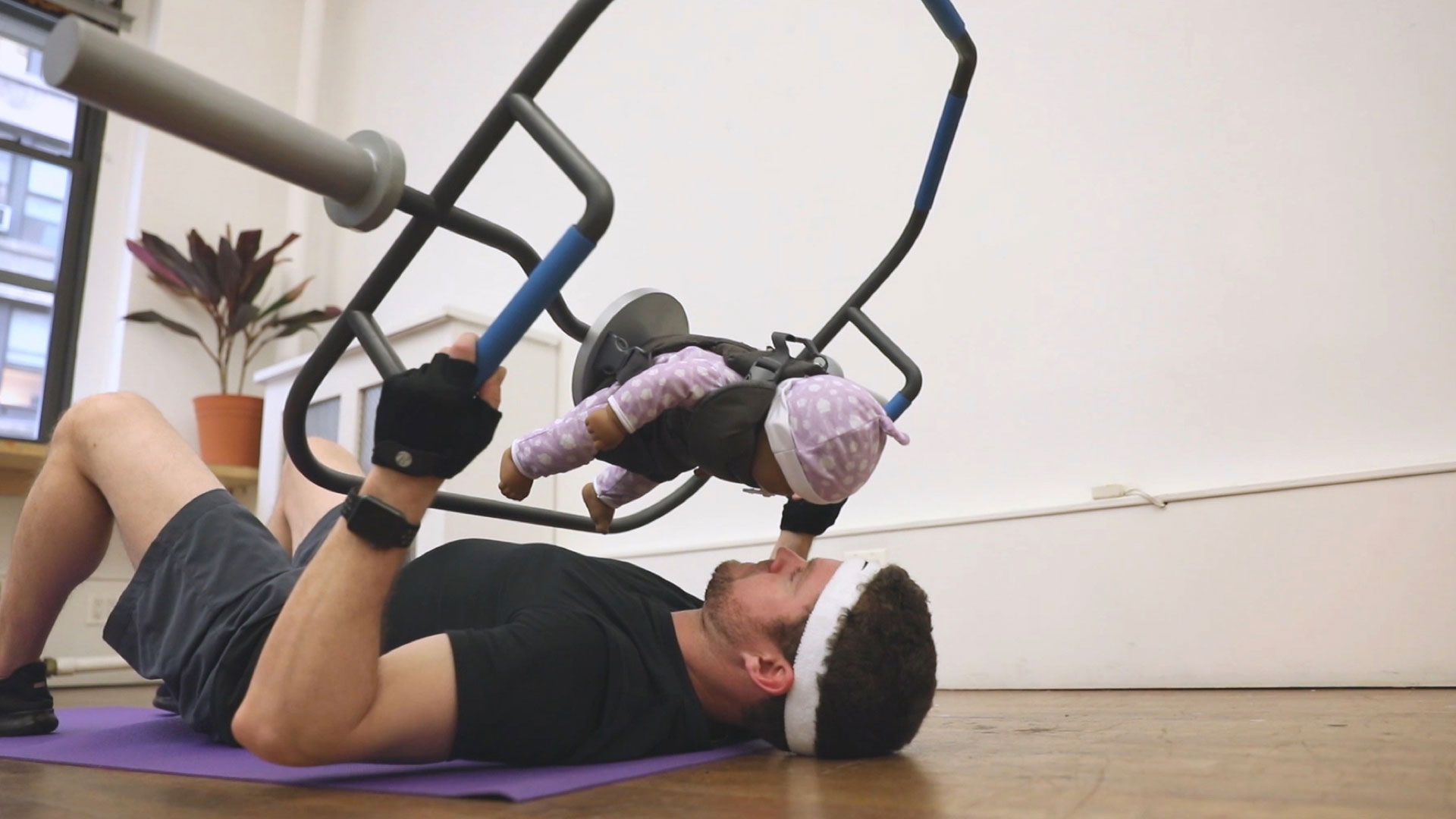
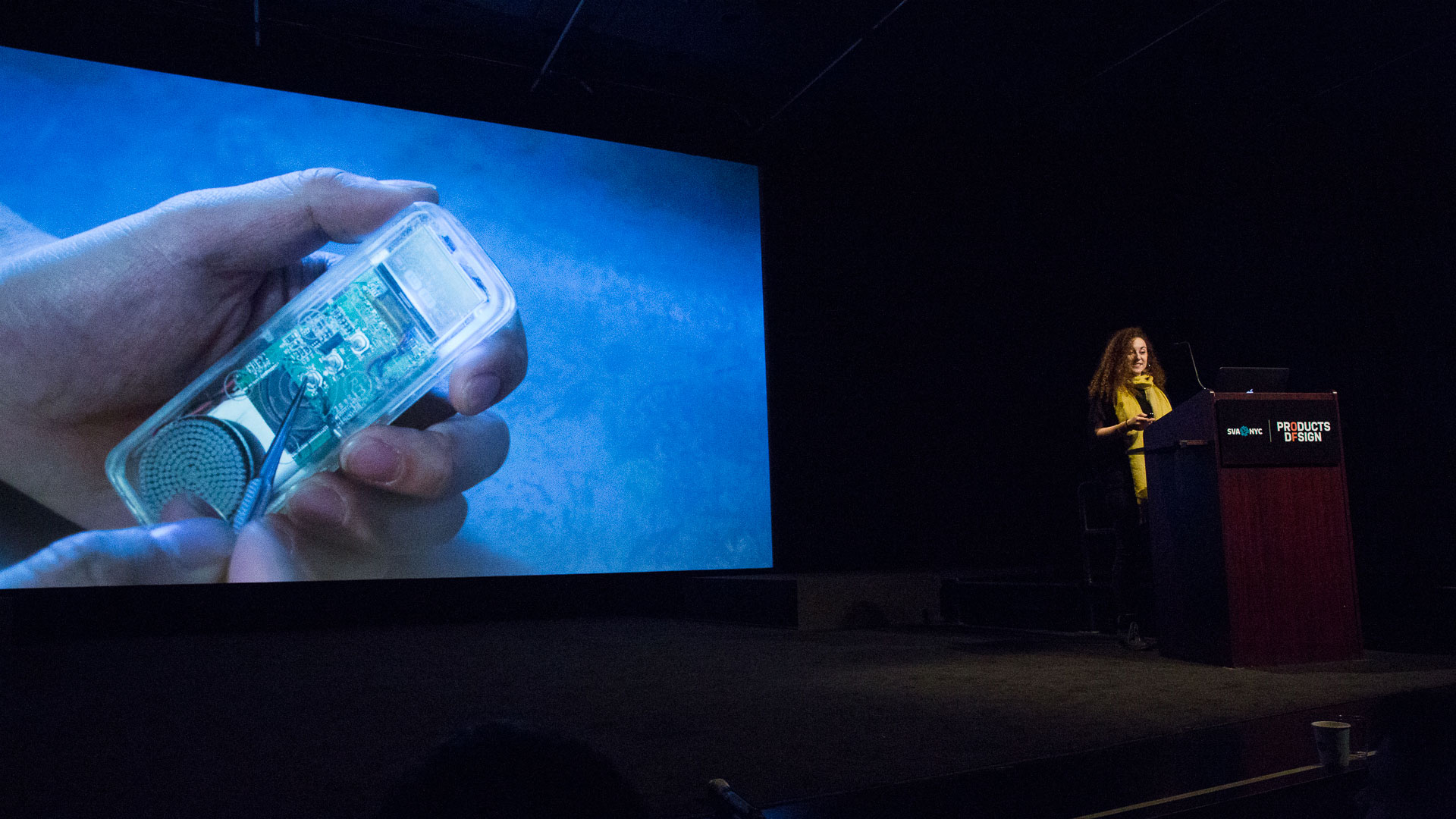
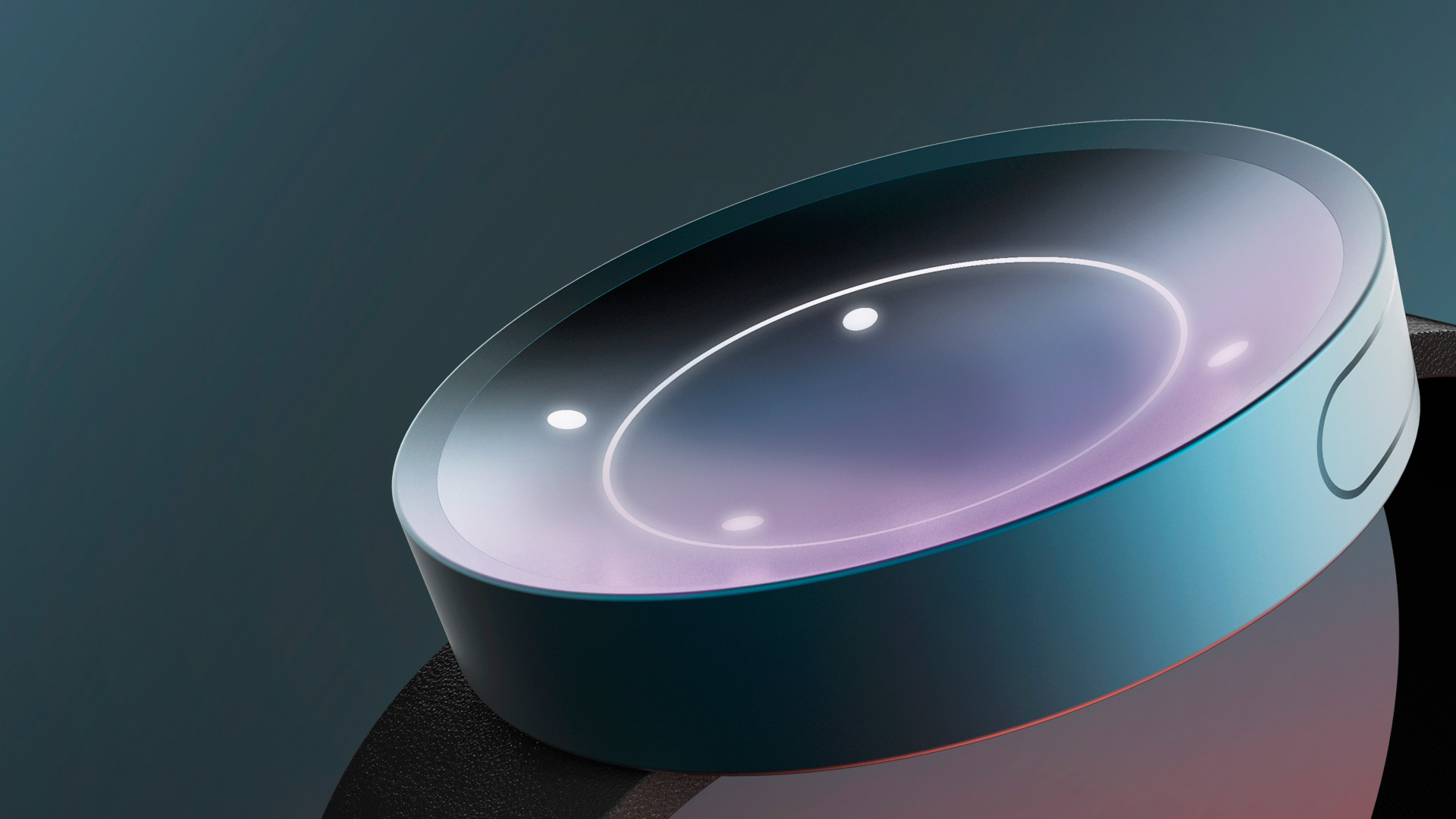




Berk Ilhan’s master’s thesis, Uplift, addresses the quality of life of cancer patients—identifying opportunities that cultivate joy and happiness, and strengthening the support group around the patient. Based on his hypothesis that, through design, joy and humor can positively change most experiences—and inspired by the revolutionary physician Hunter Doherty (popularly known as “Patch Adams”), advocate of humor, fun, and love in healthcare—Berk’s work re-imagines hospital and outpatient experiences beyond conventional boundaries.